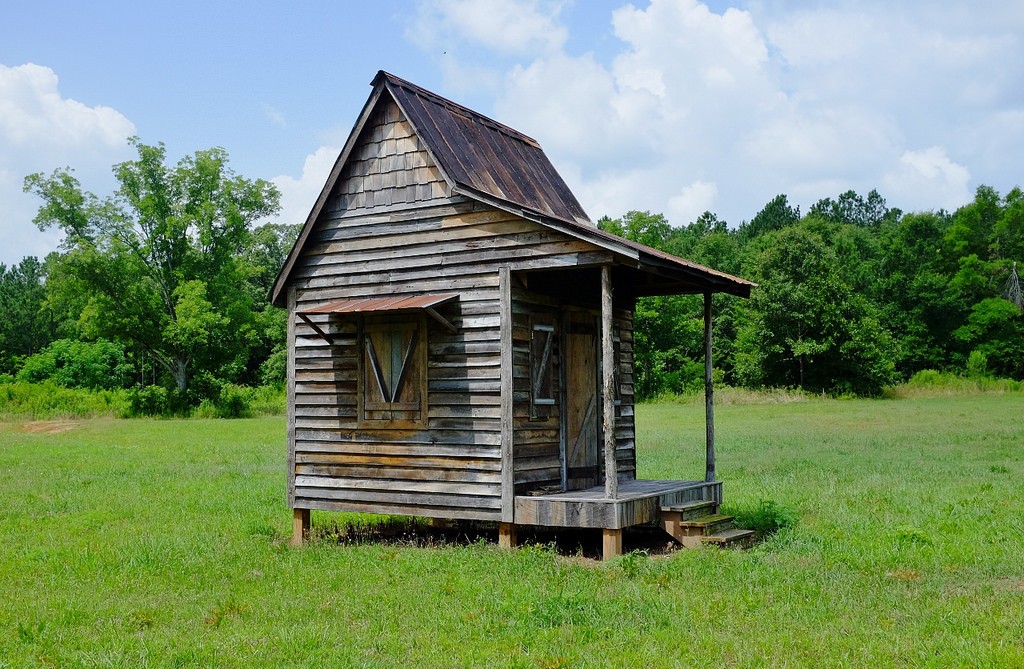By nature, tiny homes are considered eco-friendly residences due to the downsized living quarters they create in comparison to typical households. They have become a fun and trendy way to live on less, often with the inside and outside of these home being decorated with oak panels and Pinterest worthy upscale decor. While they are eco-friendly as they help to conserve resources, eco-friendliness is not a static state, rather an ongoing process, which can require little effort when it comes to tiny homes.
Energy Consumption
Tiny homes are often less than half the size of an average sized home, which means they have the potential to use much less energy than a standard home would use. Tiny homes are meant to be roomy retreats considering how small they are, which is done with a minimalist approach to decorating. Often times, the living or lounging space will be closely located or connected to the sleeping area, which means that it may take only one or two lights to light up the entire loft areas.
However, with such a small space, it can be easy to go the extra mile and invest in alternative energy that will ultimately help you to save energy and money. It is projected that by the end of this year, over two million households will have solar panels installed and therefore will be using solar energy to cover at least part of their energy costs. These costs are easily covered in tiny homes that use solar energy and can be eligible for a 30 percent federal solar tax credit to qualifying homeowners.
Some other ways to save energy include installing double pane windows. In the winter, double pane windows help insulate the rooms in your tiny home and conserve heat in order to reduce the constant heat output of your central air system. In the summer, these windows will help keep the cool air inside, which will demand less air conditioning in the hot months. Installing double pane windows, whether before or after the construction of your tiny home is a relatively inexpensive investment of a few hundred dollars that will help you save money down the road.
Along with double pane windows, it’s also a good idea to dress appropriately for the weather, such as wearing less in the summer and more sweaters in the winter. This can make up for the few degrees in temperature that we adjust for comfortability. Another small way to conserve energy in your tiny home is by adjusting your laundry habits. Heating water accounts for about 90 percent of the energy used in running a washer, which is often unnecessary. Washing your clothes in cold water saves a lot of energy and money on laundry.
Last but not least, using energy conserving appliances, such as LED light bulbs and more modern appliances that are made with energy conservation in mind can also help you maintain a more eco-friendly home. LED light bulbs use about 80 percent less energy than their counterparts. This can amount to almost $100 of annual savings, simply by using more efficient light bulbs in your top five most-used light structures. Additionally, by upgrading to more energy efficient appliances (dishwasher, refrigerator), you can expect to save between 5 and 30 percent on your monthly energy bill.
Maximizing Space Use
Because tiny homes are so small, they require a minimalist approach. This includes only keeping food, clothes and household appliances and decor that are integral to your day-to-day life. Even a small amount of clutter can make a small area look messy, which is why it’s best to reduce what you use on a daily basis and maximize the efficient use of your space.
Monitoring the goods you are purchasing and using is an important aspect of maintaining an eco-friendly environment. It’s important to shop smart and to only buy things you know you’ll use. A good way of doing this is by buying groceries every few days rather than once every week or two weeks and only buying a small amount of one or two new products at a time. This can help ensure that you’re buying foods you will use before they expire and that if you buy something you don’t like, you won’t be wasting more than one food or product at a time.
Keeping a tidy kitchen stocked with groceries you know you’ll use can help reduce the amount of compost you build up. If you have a small garden in or outside of your tiny home, consider using the compost as fertilizer.
Because of the lack of storage space in tiny homes, it’s important that your closet and shelf space is only taken up by objects you use on a regular basis. There’s usually not much room for one-use appliances or fancy cocktail dresses or suits that you wear or use once a year. A minimalist approach requires a lot of intention when picking out the objects of your home as they are the few things that will define you.
If work is an integral part of your tiny home life, consider finding alternative ways to store personal records. Your office space is likely smaller than the average office, which means if you haven’t gone paperless yet, it’s probably a good time to consider it. Keeping digital files is not only more eco-friendly than maintaining tons of paper on hand, it also helps reduce clutter and keeps important documents as organized as possible.
There are a lot of benefits to living in a tiny home, including the opportunity to be the most eco-friendly you’ve ever been. Taking a few extra steps to reduce your carbon footprint can help save you save money on energy bills as well as provide yours with a more efficient and comfortable living space. Try out some of these tips to maximize the eco-friendliness of your tiny home.
